This is another book from the collection of Evelyn Hallewell. It was published in 1940 as a paperback unlike most King Penguins which were usually hardbacks. It contains examples of Penguin’s earliest attempts at colour printing.
There are no authentic portraits of Christ, none were painted during his lifetime, they are all imagined. The images in this book are simulacra, crude reproductions of paintings depicting an imaginary likeness. They are all imitations, more like the magical apparitions of the Turin Shroud or Veronica’s Veil. They are charming examples of how early colour printing was used to popularise art for all.
But is any portrait ever authentic? A painting must be truer than a reproduction, a photograph can capture a moment, but the shaving mirror can still take me by surprise. It doesn’t always correspond with my imagined appearance. Would Christ have recognised his reflection in these pages?
I like this reflection by John Berger:
What is a likeness? When a person dies, they leave behind, for those who knew them, an emptiness, a space: the space has contours and is different for each person mourned. This space with its contours is the person’s likeness and is what the artist searches for when making a living portrait.
A likeness is something left behind invisibly.


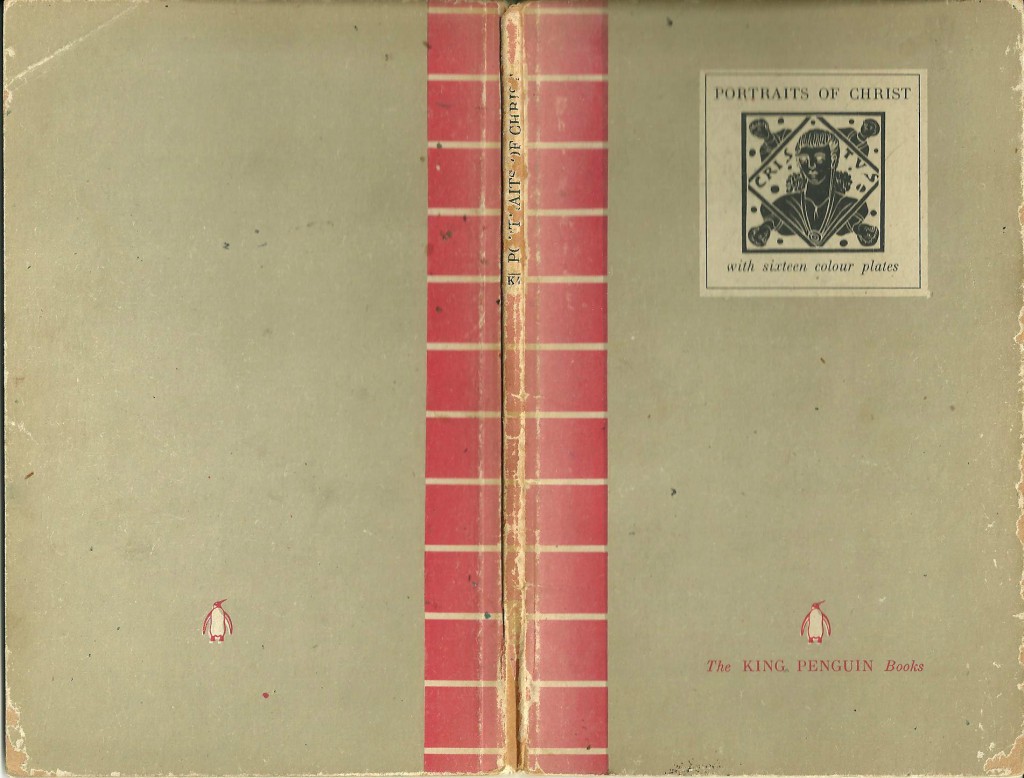

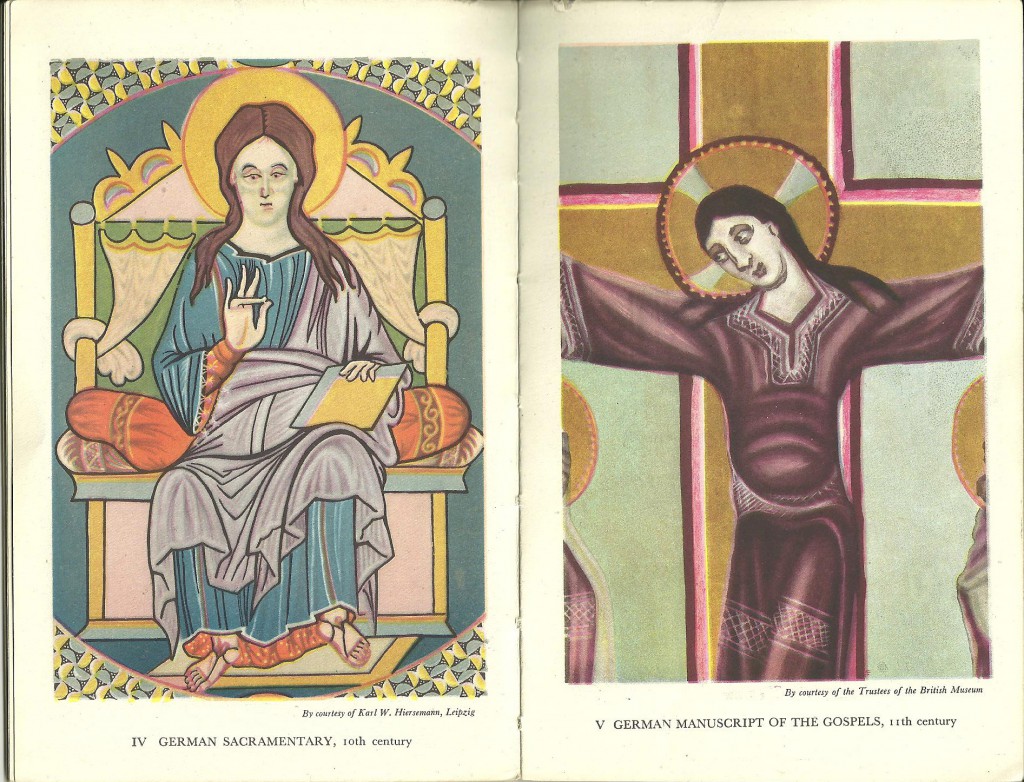
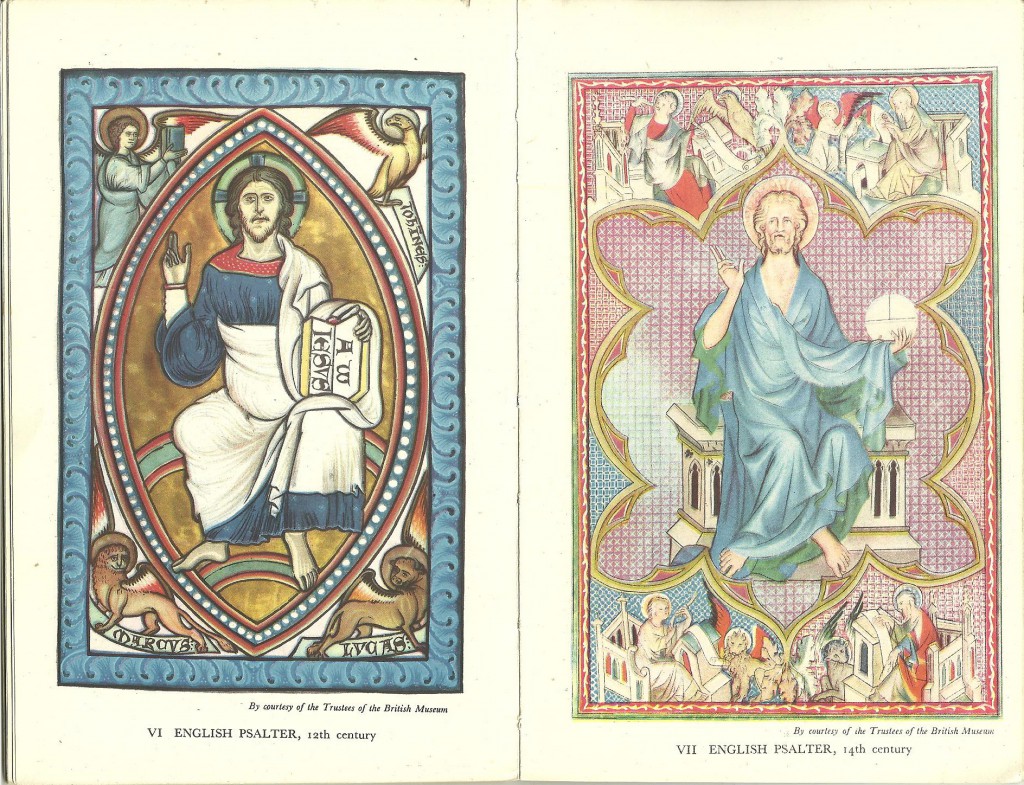
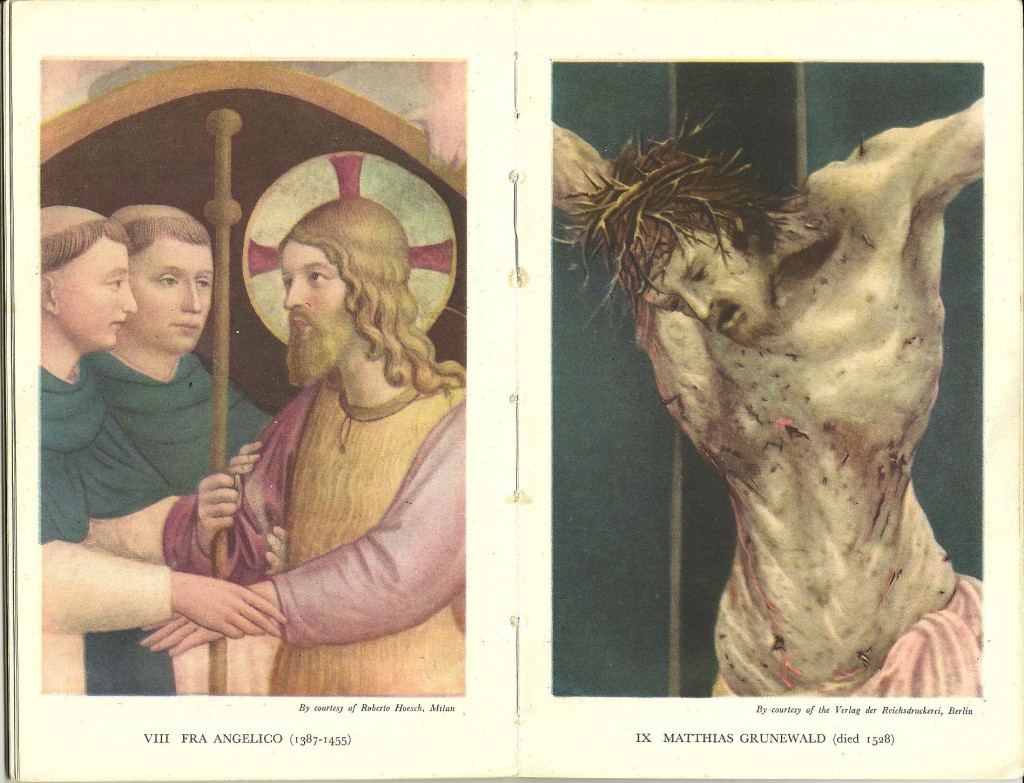
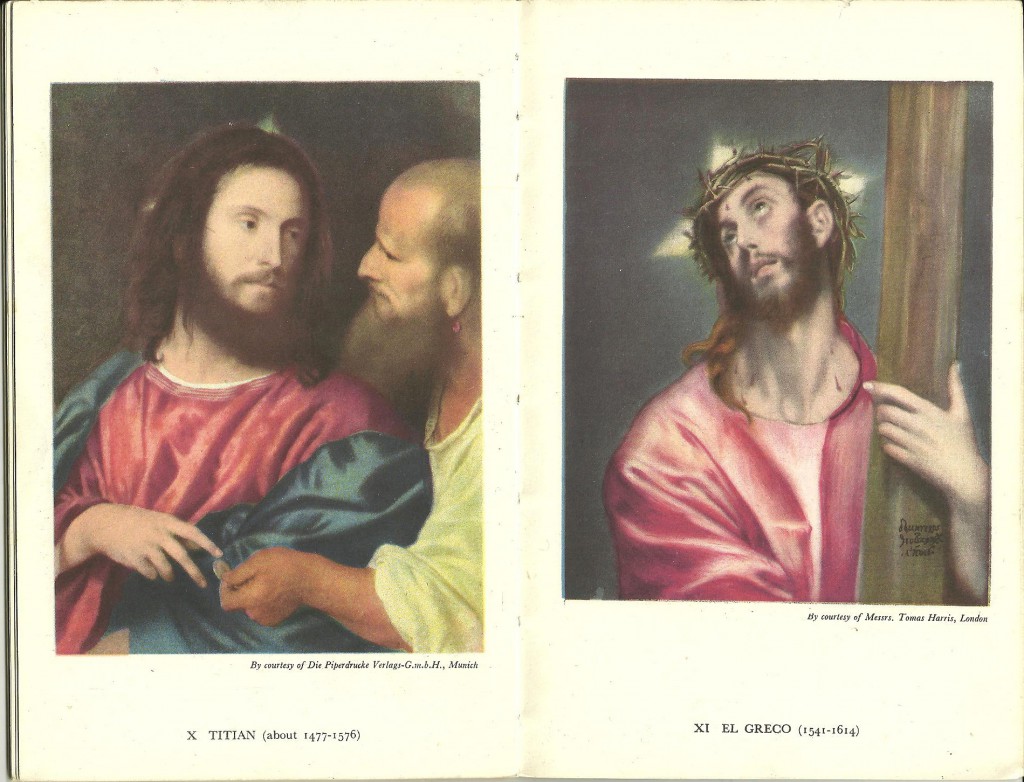
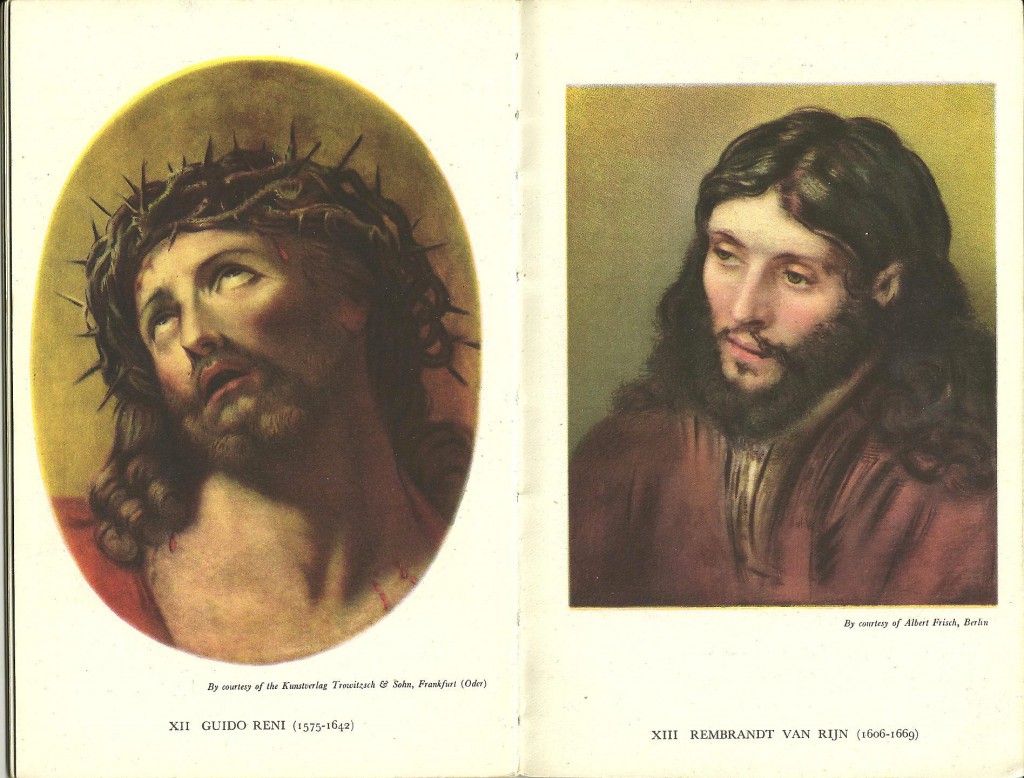

Ah, another lovely King Penguin. The colours are so beautiful. Is that quote from Ways of Seeing?
Thanks TC for your flurry of comments. The John Berger quote is from The Shape Of A Pocket, a brilliant collection of essays and a treasury of aphorisms.